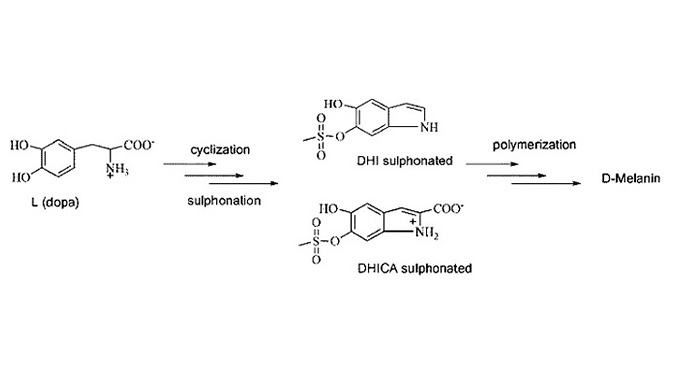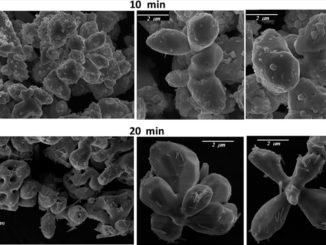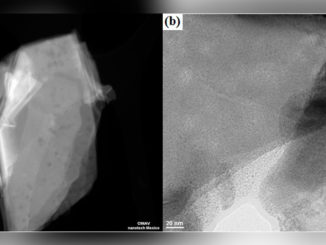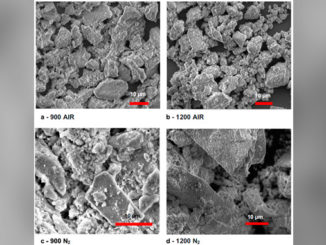
Writers: M. Piacenti-Silva, E.S. Bronze-Uhle, J.V. Paulin, C.F.O. Graeff
Keywords: Melanin Dimethyl sulfoxide Synthesis Temperature Optimization Photoabsorption

Writers: M. Piacenti-Silva, E.S. Bronze-Uhle, J.V. Paulin, C.F.O. Graeff
Keywords: Melanin Dimethyl sulfoxide Synthesis Temperature Optimization Photoabsorption
Abstract: Melanins are a class of pigmentary conjugated macromolecules found in many biological systems. Functionalization of synthetic melanin provides interesting new properties like the greater solubility of melanin synthesized in dimethyl sulfoxide, d-Melanin. In this work we have studied the influence of temperature on d-Melanin synthesis and its properties. To this end, UV–Vis, Fourier-transform infrared (FTIR) spectroscopy and Nuclear Magnetic Resonance (NMR) techniques have been employed to analyze d-Melanin synthesized within the range of 25–100 °C. Our results reveal that by increasing the synthesis temperature up to 100 °C, the synthesis time can be decreased by a factor of 7 when compared to room temperature. From FTIR and 13C CP/MAS NMR analyses the increase in temperature causes a decrease in the number of carbonyl groups from carboxylic acid and from ionized carboxylic acid. The decarboxylation of d-Melanin monomers at higher temperatures shows that the use of higher synthesis temperatures influences the elimination of carbonyls present in the precursor molecules, thus facilitating the polymerization of d-Melanin.

Writers: Roca, Roman Alvarez and Lemos, Pablo S. and Gracia, Lourdes and Andres, Juan and Longo, Elson Keywords: synthesis; metastable; materials Abstract: The synthesis of metastable solid phases is a pivotal starting point for innovative materials research. […]

Writers: Hernandez-Wolpez, M; Martinez-Guerra, E; Jardim, RF; Mune, P Keywords: high-temperature superconductors; high-tc superconductors; lower critical-field; pure 2223 powders; semi-wet methods; magnetic-field; flux-creep; bi2-xpbxsr2ca2cu3oy compositions; grain-boundaries; rapid synthesis Abstract: The aim of this review is to give a […]

Writers: M.D. Gonçalves and Pardha S. Maram and A. Navrotsky and R. Muccillo Keywords: Proton conductor; Barium zirconate; Powder synthesis; Impedance spectroscopy Abstract: Yttrium-doped barium zirconate ceramic powders were synthesized by the oxidant peroxide method in air and […]
Copyright © 2018 | Centro de Desenvolvimento de Materiais Funcionais
